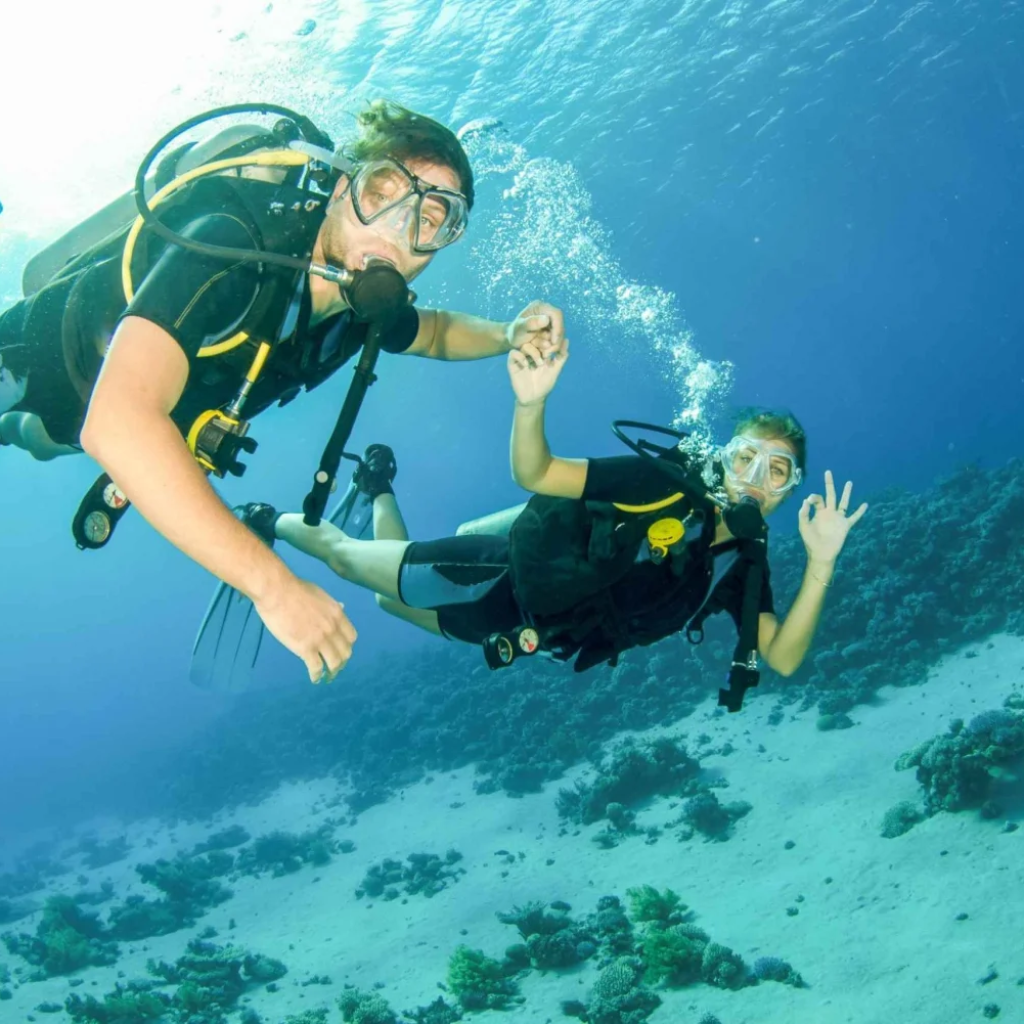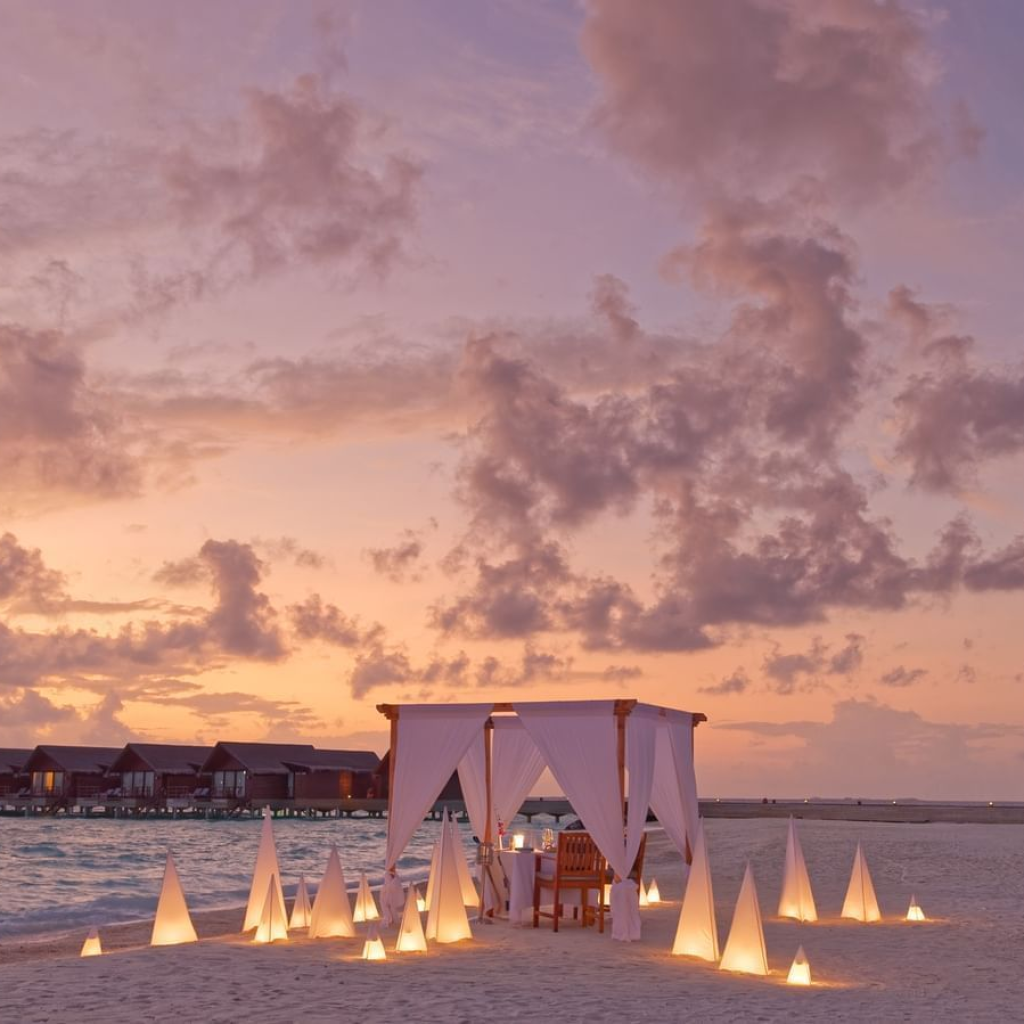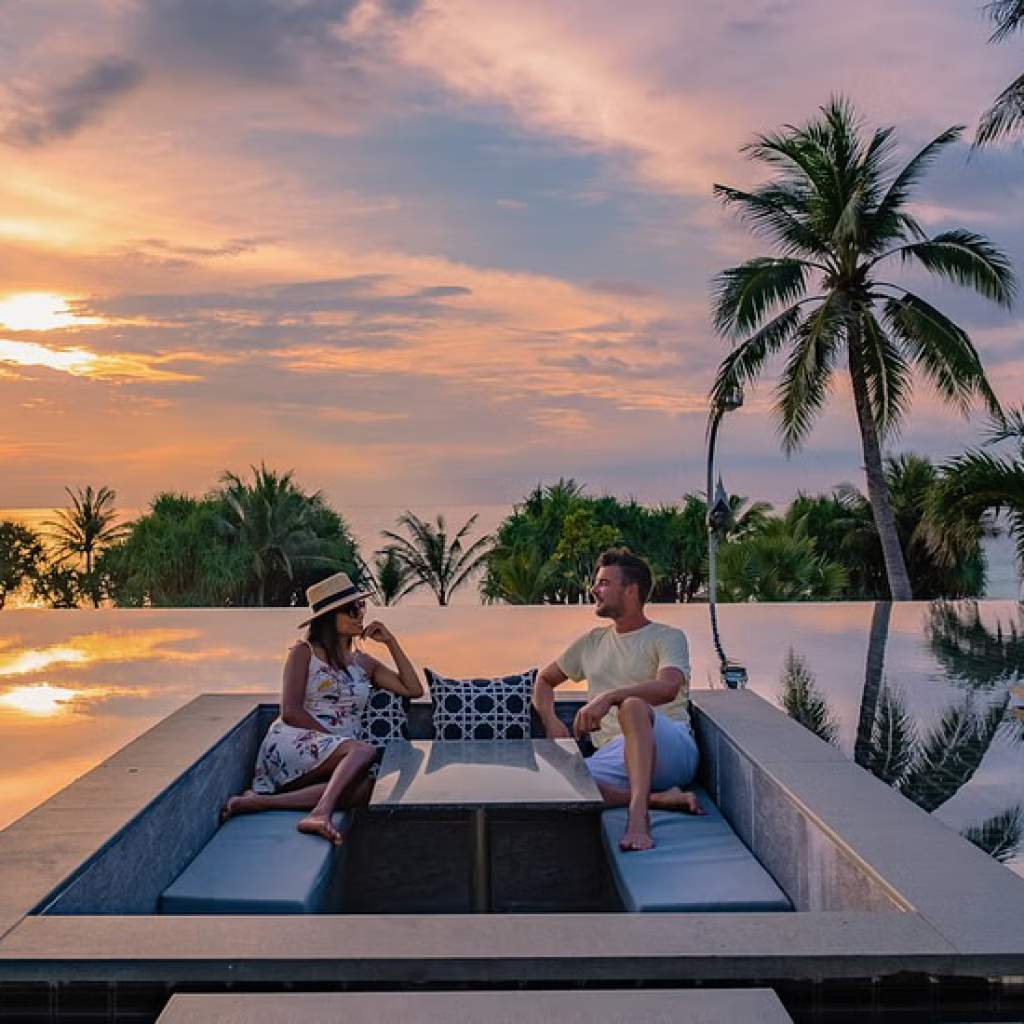If your idea of the perfect getaway includes white sand beaches, crystal-clear waters, overwater villas, and sunset dinners by the ocean, then a Maldives 3N 4D trip is all you need. In just four days, the Maldives can provide an unforgettable mix of luxury, romance, and relaxation — whether you’re planning a honeymoon, a solo escape, or a break from the everyday.
Here’s how to make the most of a quick yet extraordinary 4-day trip to paradise.
Day 1: Arrival in Malé & Transfer to Your Island Resort

Your Maldives 3N 4D adventure begins as you land in Malé International Airport (Velana International Airport). Most resorts are located on private islands, accessible only by speedboat or seaplane — both offering breathtaking views of the atolls from above.
Upon arrival at your island resort, check into your overwater villa or beachfront bungalow and soak in the serene atmosphere. Spend the rest of the day unwinding by the beach or taking a dip in the turquoise lagoon.
In the evening, enjoy a candlelit dinner by the water. Most resorts offer curated menus with a mix of international cuisine and fresh Maldivian seafood — think grilled reef fish, coconut curry, and tropical fruits.
Day 2: Snorkeling, Diving & Island Adventures

Start your day with an early morning snorkeling or scuba diving session. The Maldives is renowned for its vibrant coral reefs, teeming with marine life including manta rays, reef sharks, sea turtles, and colorful schools of fish.
For those less inclined to dive, many resorts offer glass-bottom kayaking, stand-up paddleboarding, or semi-submarine rides — all perfect for exploring the rich underwater world.
In the afternoon, treat yourself to a luxurious spa treatment, often housed in tranquil pavilions overlooking the ocean. Later, join a sunset dolphin cruise, where you can watch pods of dolphins dance alongside the boat as the sky turns golden.
Day 3: Private Dining & Cultural Exploration

On day three, personalize your experience with unique activities. Consider a private sandbank picnic, where you and your partner (or travel companions) are dropped off on a pristine, uninhabited islet for a romantic meal and total seclusion.
Alternatively, take a short trip to a local island such as Maafushi or Himmafushi to learn about traditional Maldivian life. You’ll find friendly locals, quaint cafés, and handmade souvenirs. Remember to dress modestly out of respect for the culture.
Back at the resort, enjoy a sunset yoga session or sip cocktails at an overwater bar with 360° views of the ocean. For dinner, indulge in a seafood BBQ under the stars.
Day 4: Sunrise Views & Departure

On your final day, wake up early to catch the Maldivian sunrise — a peaceful, pastel-colored scene you’ll never forget. Enjoy a leisurely breakfast with fresh tropical fruits and coffee before checking out.
Depending on your flight time, you may have time for one last swim or spa treatment before your seaplane or speedboat transfer back to Malé.
Final Thoughts
Though short, a Maldives 3N 4D escape offers a magical experience that leaves you refreshed and enchanted. It’s the ideal itinerary for couples, solo travelers, or anyone craving nature, luxury, and tranquility in equal measure.
To discover more quick tropical escapes and personalized itineraries, visit the Planet Earth Holidays Blog — your guide to luxury travel and hidden gems across the globe.
Useful Resources (External Links)
- Visit Maldives – Official Tourism Website
- Velana International Airport
- Maldives Resorts Directory – Booking.com
- Best Time to Visit Maldives – Lonely Planet
- PADI Dive Guide to Maldives
Travel Tip: The Maldives is a visa-free destination for many nationalities. Pack light, bring reef-safe sunscreen, and be sure to check your resort’s dress code and transfer options before booking your flight.
Let me know if you’d like this blog tailored for honeymooners, adventure seekers, or eco-conscious travelers!


0 Comment